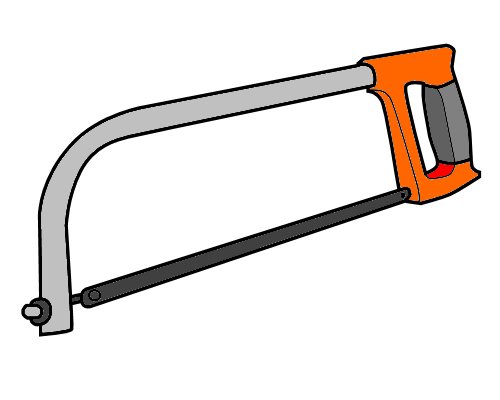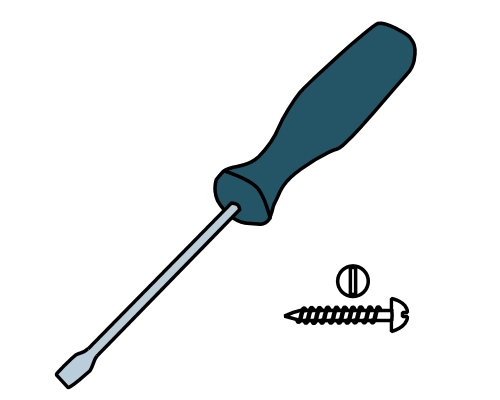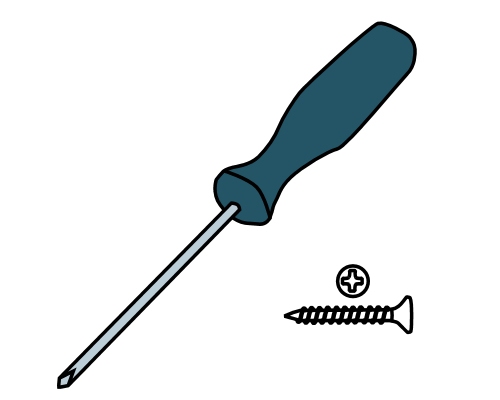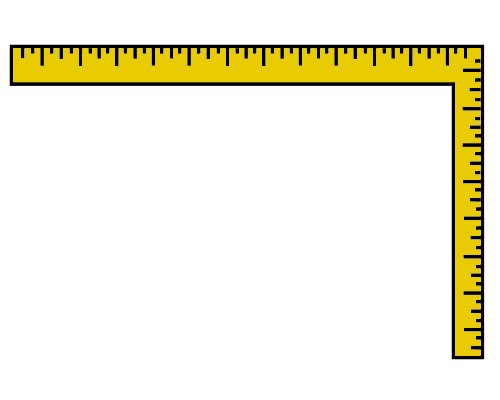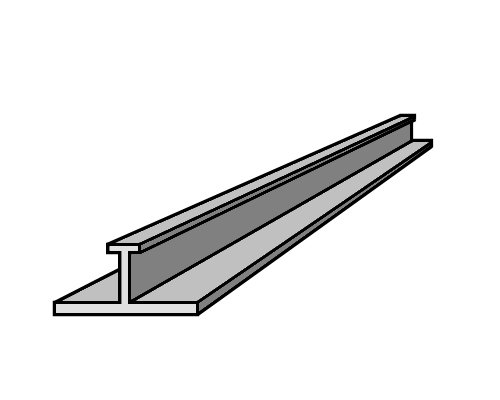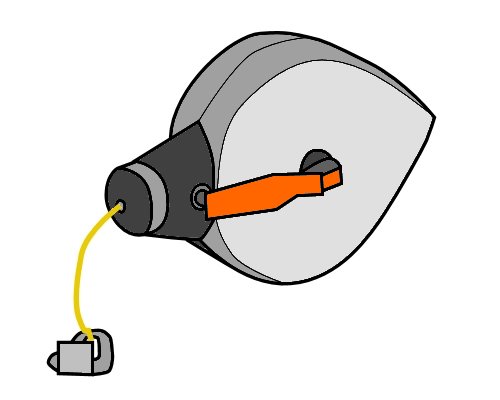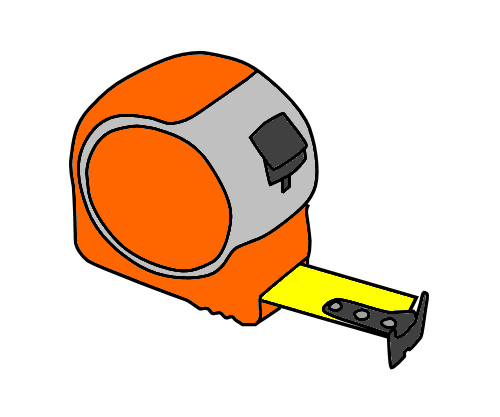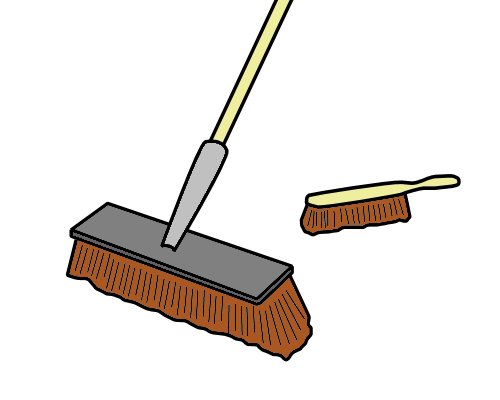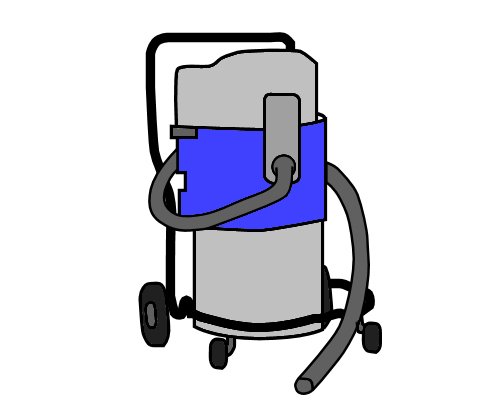General hand tools
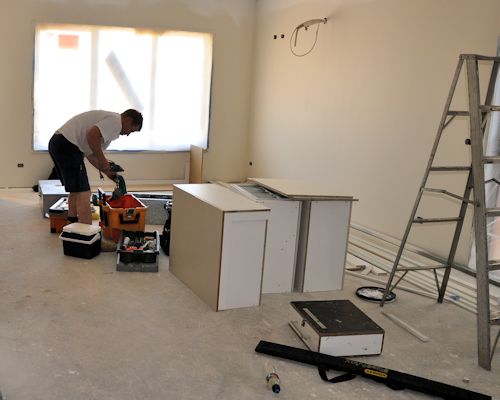 Audio for slide 1 (mp3 |6|KB)
Audio for slide 1 (mp3 |6|KB)
Some general purpose tools are used in just about all of the trades that involve on-site installations.
Below are the main hand tools that you're likely to have in common with the other building trades, even if you're using them for a different purpose.
You should take all of these tools with you to the jobsite, whether you're installing carpet, resilient or timber flooring, because each of them could be needed at some stage of the project.

Below are the main hand tools that you're likely to have in common with the other building trades, even if you're using them for a different purpose.
You should take all of these tools with you to the jobsite, whether you're installing carpet, resilient or timber flooring, because each of them could be needed at some stage of the project.


Learning activity
Audio 13 (mp3 |6|KB)The tools shown above are typical examples of different categories of equipment.
In practice, there are many variations on each of these items - especially the measuring and set-out tools.
What other types of straight edges and squares do you use at work? For example, you might use a T square, bevel, combination square, mitre square or protractor and saw guide.
Do some simple line drawings of your own examples of these set-out tools. Write the name of the tool beside each drawing.

 Go to Subfloor preparation
Go to Subfloor preparation
